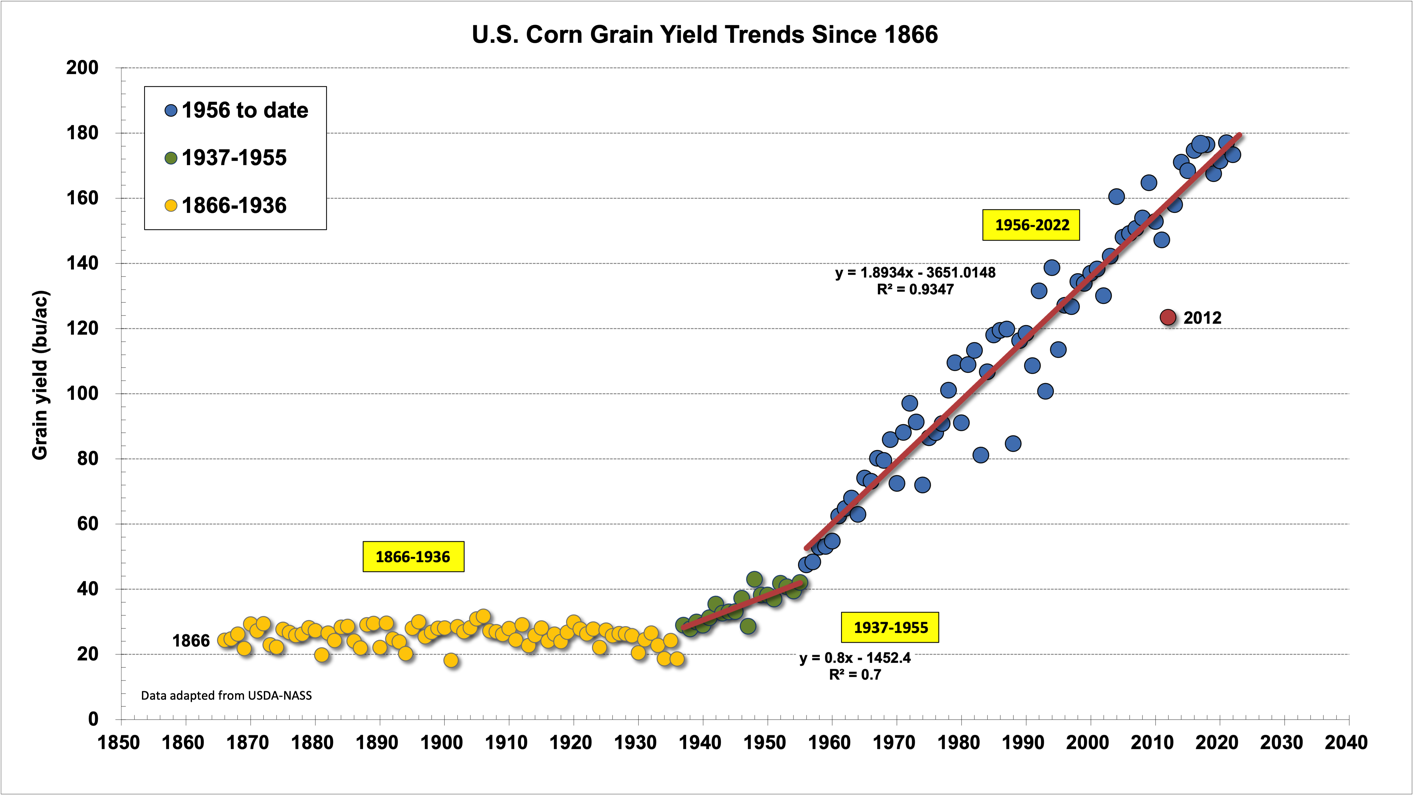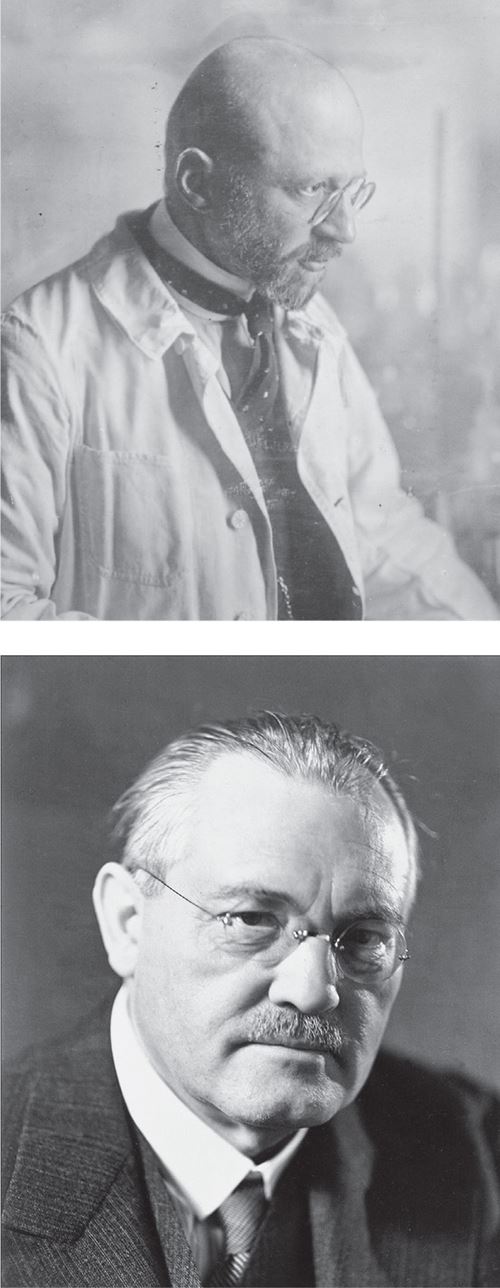
In addition, eliminating fossil fuels means................eliminating massive amount of cheap fertilizers made with natural gas!
There's another thing they never tell you about.
https://naturalgasnow.org/fertilizer-made-natural-gas-lifting-world/
Nitrogen fertilizers are made from ammonia (NH3), which is manufactured using the Haber-Bosch process illustrated below:
This process, according to the SLAC National Accelerator Laboratory (part of the Department of Energy) has had incredible impacts:
Referred to by some as the most important technological advance of the 20th century….Between 3 and 5 percent of the world’s annual natural gas production – roughly 1 to 2 percent of the world’s annual energy supply – is converted using the process to produce more than 500 million tons of nitrogen fertilizer, which is believed to sustain about 40 percent of the world’s 7 billion people. Approximately half of the protein in today’s humans originated with nitrogen fixed through the Haber-Bosch process.
https://en.wikipedia.org/wiki/Haber_process
"Due to its dramatic impact on the human ability to grow food, the Haber process served as the "detonator of the population explosion", enabling the global population to increase from 1.6 billion in 1900 to 7.7 billion by November 2018.[23] About 1–2% of the world energy consumption and 5% of the natural gas consumption is currently used for the Haber process.
Nearly 50% of the nitrogen found in human tissues originated from the Haber–Bosch process"
metmike: Negative: Since nitrogen use efficiency is typically less than 50%,[20] farm runoff from heavy use of fixed industrial nitrogen disrupts biological habitats.[4][21]
https://www.tfi.org/the-feed/fertilizer-history-haber-bosch-process
Nitrogen is the single most important plant nutrient in today’s commercial fertilizers. It’s essential for making sure plants are healthy as they grow and nutritious to eat after they’re harvested. But today in agriculture, we take for granted N’s ready availability.
These advances in ammonia production have significantly increased yields of food and feed grain crops. In just 70 years, there’s been a six-fold increase in U.S. corn yields, thanks to the abundance of available nitrogen.
The world simply cannot do without N fertilizer, and the contributions made by Fritz Haber and Carl Bosch. Through fertilizer, we have the means to ensure that each growing season’s crops have the nutrients necessary to yield nutritious, bountiful foods for an increasing global population.
With Corn, you can see what this process did to yields on the graph below. The introduction of nitrogen fertilizer caused corn yields to triple real fast and not as much to do with CO2 or weather during that initial tripling. However, recent decades have featured a steady increase, along with a steady increase in CO2 and beneficial growing weather.
http://crazyeddiethemotie.blogspot.com/2014/10/corn-questions-from-food-inc-worksheet.html
https://www.agry.purdue.edu/ext/corn/news/timeless/yieldtrends.html

A brief history of U.S. #corn yield growth since the 1860s Notable growth in yields was seen after the adoption of modern fertilizers in the 1940s, which made drought years esp. in the 1980s stand out more than before (compare with 1930s Dust Bowl for example).
https://www.thechemicalengineer.com/features/cewctw-fritz-haber-and-carl-bosch-feed-the-world/

Top to bottom: Fritz Haber (Photo courtesy of Bundesarchiv, Bild 183-S13651), Carl Bosch (Photo courtesy of BASF)
No chemical engineering feat better illustrates the double-edged nature of many inventions than the Haber-Bosch process. Developed by industrial chemist Fritz Haber and scaled up by the chemical engineer Carl Bosch, the Haber-Bosch process takes nitrogen from the air and converts it to ammonia.
This made it possible for the first time to produce synthetic fertilisers and produce sufficient food for the Earth’s growing population. Indeed, without the Haber-Bosch process we would only be able to produce around two-thirds the amount of food we do today, and the Earth’s population would have to shrink accordingly.
On the flipside, nitrogen is also a key raw material in the production of high explosives. When Germany exhausted its supplies of natural ammonia in the early stages of World War I, synthetic ammonia was there to fill the gap. Without the Haber-Bosch process, World War I would have been considerably shorter.
Nevertheless, it’s the Haber-Bosch process and its contribution to feeding the world’s growing population that he is best remembered for, and rightly so. With the advent of the industrial age and the great move to the cities, fertilisers were essential for topping up soil with nutrients. Natural fertilisers such as Chilean guano were a limited resource – if science didn’t come to the rescue, famine was certain to follow.
Solving the problem earned Haber and Bosch two Nobel Prizes in chemistry: Haber in 1918, Bosch in 1931.
Without the Haber-Bosch process we would only be able to produce around two-thirds the amount of food we do today
When I originally started this thread, it was put in the NTR forum.
It's clearly affecting the world's market's in a huge way now!
https://www.nytimes.com/2021/12/06/business/urea-fertilizer-food-prices.html
One big reason for surging fertilizer prices is surging prices of coal and natural gas. The urea in your urine is produced in the liver. The industrial kind is made through a century-old process that uses natural gas or gas derived from coal to produce ammonia, which is then used to synthesize urea.
“If we see coal prices and natural gas prices staying at the levels we are seeing currently, then we are certainly going to see higher food prices,” he said. “There’s no question about it.”

CHART OF THE DAY: Fertilizer prices climb to a fresh record, as sales from Russia (one of the world's top producers) are disrupted, and super-expensive natural gas in Europe curtails output. The chart below is New Orleans urea price from 1977 to date | #OATT